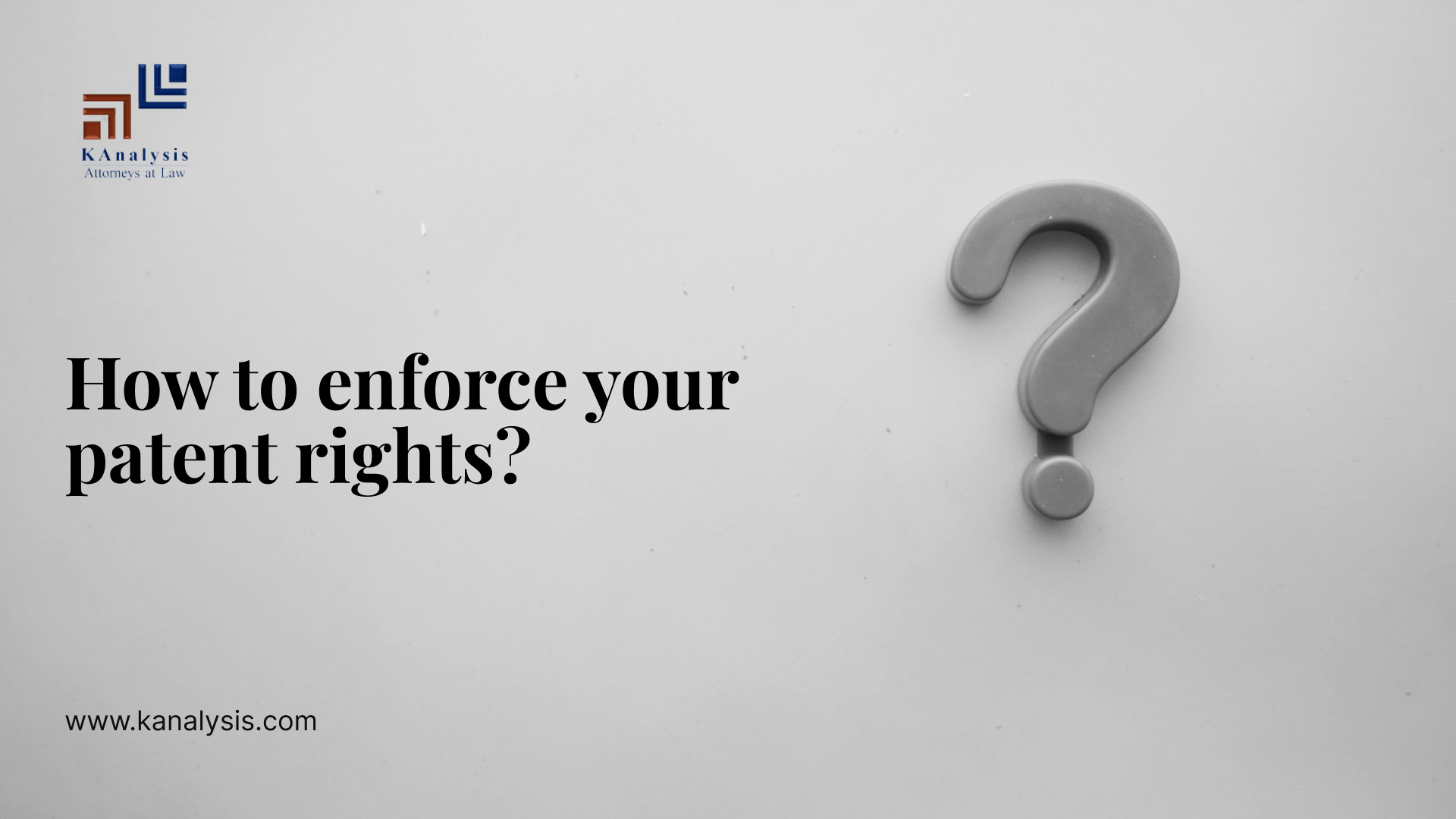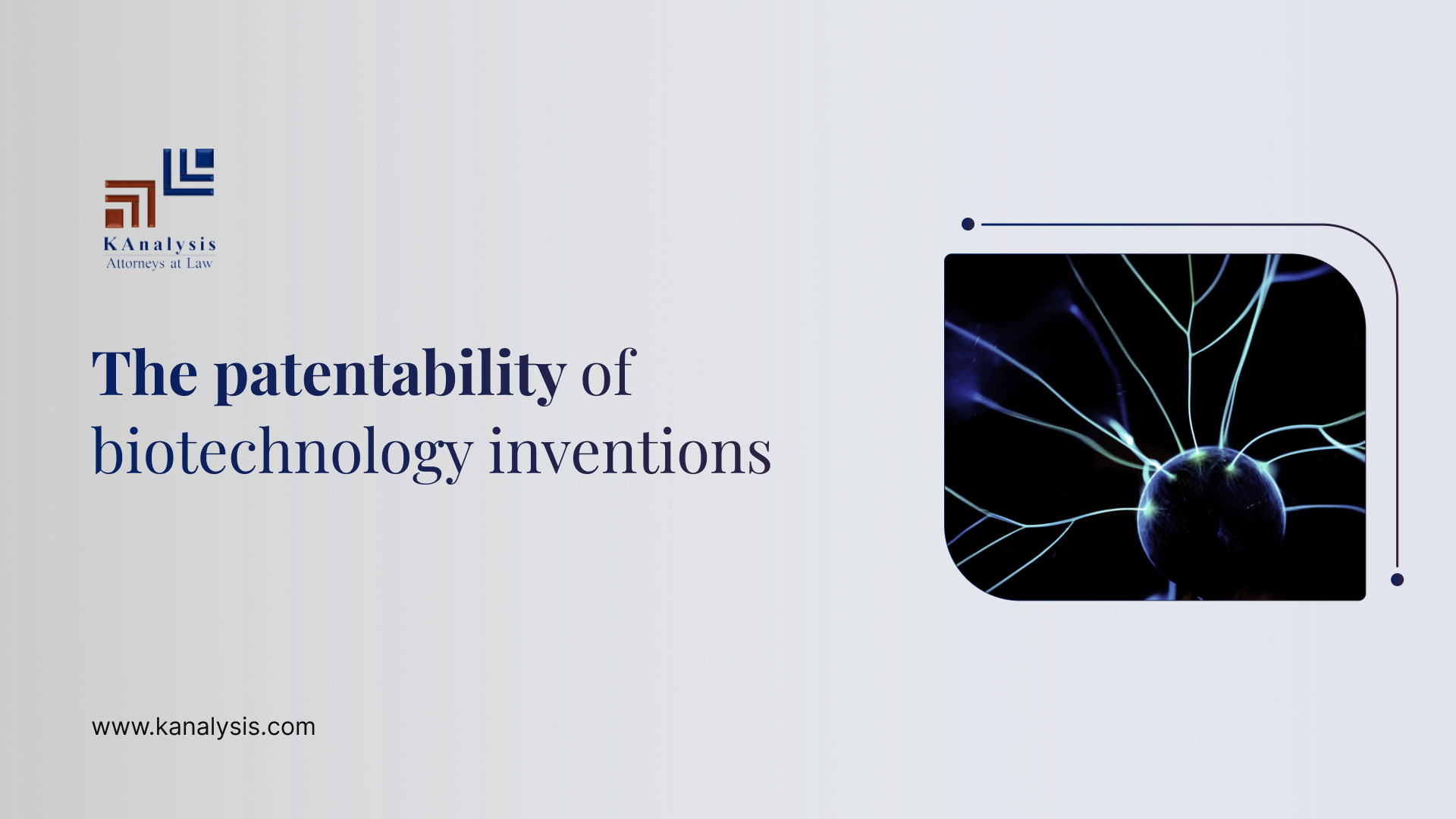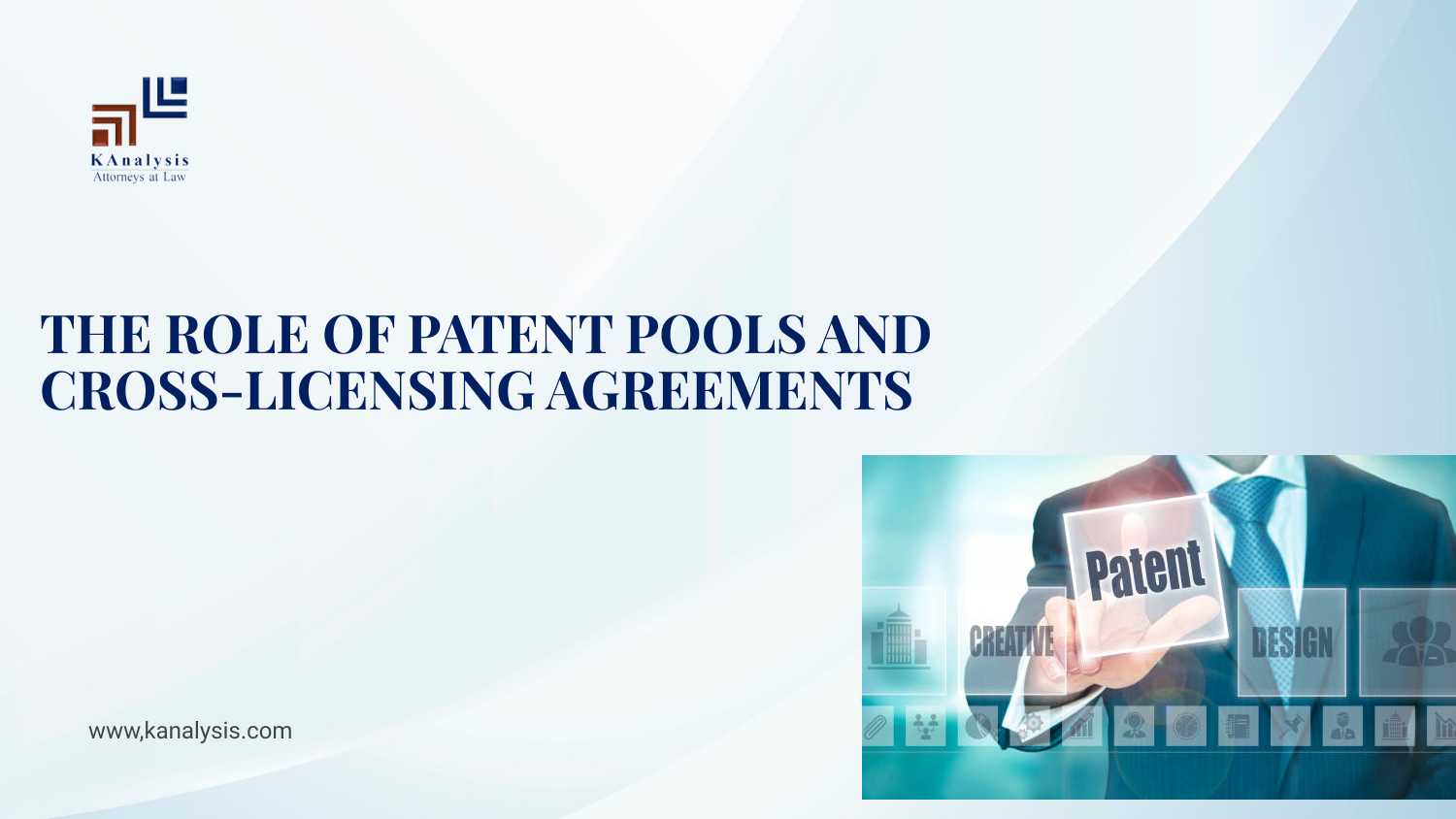A patent owner enjoys the exclusive patent right for 20 years. Patent enforcement means enforcing one’s right in a patent or an invention. In case, a third party infringes any of these rights then the owner has a recourse to file interim injunction to stop the infringing parties from carrying out the acts that amount to patent infringement or can file a law suit against the infringers. Enforcing the rights by the owner in a patent or invention by either of the methods is patent enforcement.
India has a well-established statutory, administrative and judicial framework to safeguard the Intellectual Property Rights. The laws made by the Indian Parliament or the state legislatures are considered binding and are the primary source in the case of conflict between sources. In India, the patent regime is primarily governed by the Indian Patents Act, 1970 and the Rules made thereunder.
There are 4 types of judicial / quasi- judicial dispute resolution bodies in India to resolve the patent related disputes, which are as follows:
- District Courts and High Courts
They are the primary adjudicating body with the duty to hear cases concerning patent infringement in the form of patent litigation suit. All the appeals arising out of the decisions of the District Courts are handled by the High Court.
- Supreme Court
It is the highest adjudicating body in the country. All the appeals arising out of the decisions of the High Court and District Courts are heard and finally decided by the Supreme Court. The decision so given is final and cannot be appealed against.
- Indian Patent Office (IPO)
It is the office concerned with examining patent applications and granting them patents if they abide by the Indian Patent laws. It is also responsible to carry out the administrative functions of formulating and implementing rules and procedures. IPO is essentially involved in the resolution of disputes related to the grant and post grant of patents.
Patent Litigation
The complainant can bring forth the suit either in District Court or High Court by filing complaint against the infringer and thereby proceeding with the case. As well as the aggrieved party can file the complaint along with application for the issue of search and seizure warrants directing the police to raid the premises to take into custody the infringing material.
In suit proceedings, the parties are needed to comply with the judicial rights and obligations of which the parties are made aware of before initiating the proceedings. The complainant needs to put forth all the evidence in court against the infringer. Furthermore, these facts and evidences are cross- examined, argued upon, and verified in the court of law.
The plaintiff needs to file the suit within 3 years from the date of infringement as that is the limitation period so prescribed.
Timelines of the proceedings
- The period for arguing the matter is to be concluded with in a period of 6 months from the first date of the case management hearing.
- The written arguments are to be submitted 4 weeks before the oral hearing of the case takes place.
- Finally, the judgment is to be pronounced by the court within 90 days of the conclusion of the arguments from both sides.
Remedies that the plaintiff can seek and the court can grant are:
- Temporary or Interim Injunction– To prevent further infringement during the continuance of the proceedings, the court can an grant interim injunction on the infringer till the final disposal of the case takes place.
- Permanent Injunction – The court can impose a final restraining order on the defendant to completely restrain him from carrying out any infringing activities against the plaintiff.
- Damages can be sought for all the losses suffered by the plaintiff.
- Anton Piller Order: On the application of the plaintiff or otherwise, the court may appoint a Local Commissioner, to seal the infringing materials, records or accounts present at the defendant’s premises. This is more or less a search order allowing the plaintiff to search the premises of the defendant and get hold of the evidences related to infringement.
- John Doe Order: It is the most interesting order as it is issued against an unknown defendant or in cases where defendant is not known. It is also a search and seizure order of a place where there is a likelihood of infringement.
- Mareva Injunction: In India it is governed under O 38 Rule 5 and 6 and O 39 Rule 1 of Civil Procedure Code. Herein, the court limits the defendant from discarding any asset, material etc. till the disposal of the case. It is similar to interlocutory order.
A Court may pass following orders as a remedy too-
Outside of the Court Settlement
- The parties can as well opt for out of the court settlement or mediation which is a service offered by the Intellectual Property office (IPO). It is a cost effective and times saving option to enforce one patent right. IPO is a quasi- judicial body hence the process would be impartial and binding on the parties.
- Patent pooling mechanism can as well be taken up by the parties. Patent pool is an agreement between two or more patent owners to license one or more of their patents to each other or to third parties. It is an efficient method to help the in development of the technology together.
CONCLUSION
Thus, parties can choose either of the methods for enforcing their patent rights. It is important to enforce once patent rights as it helps in recovering any losses suffered by the Patent owner and as well stop the infringer from carrying out any infringing activities related to the patent. They can always have recourse to either patent litigation or ADR mechanism. The patent is acquired to reap the benefits of the work so done by the owner without anyone else infringing it. Thus, it is important to get a patent so that it is easy to enforce it and enjoy the profits derived from it.




